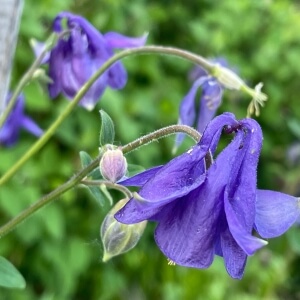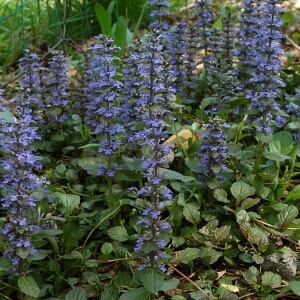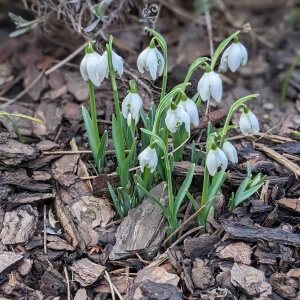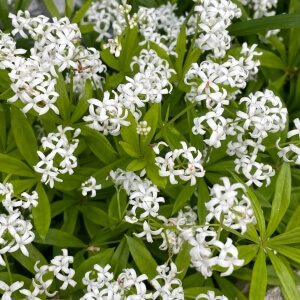
Möchtest auch du deinen Garten insektenfreundlich und pflegeleicht gestalten?
Wir schicken dir wöchentliche NaturaPost per E-Mail:
- gestalte deinen Garten Insekten- und Vogelfreundlich
- erhalte erprobte Pflanzenpläne für Traumgärten
- lerne mit Trockenheit in Zier- und Nutzgarten umzugehen
- Tipps, wie du deinen Garten pflegeleicht gestaltest
- alles im Einklang mit der Natur



































































































